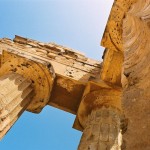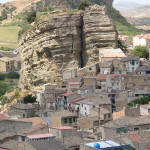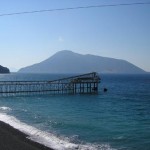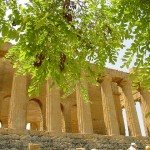Located in the middle of the countryside, the ancient Greek city of Segesta seems to be defended by the herds of the shepherds. Its origins are still uncertain and a matter of debate among the historians. Segesta was first populated by the Elimi – people probably from East – before the Greeks, and then from the latter, which colonized the settlement coming to Sicily in the twelfth century b.C. From 580 b.C. constant disputes with Selinus started. After suffering a defeat by the latter despite the help of the Athenians, the Carthaginians offered their help to Segesta, destroying its rival Selinus, in addition to Agrigento, Gela and Himera, in the 409 b.C.
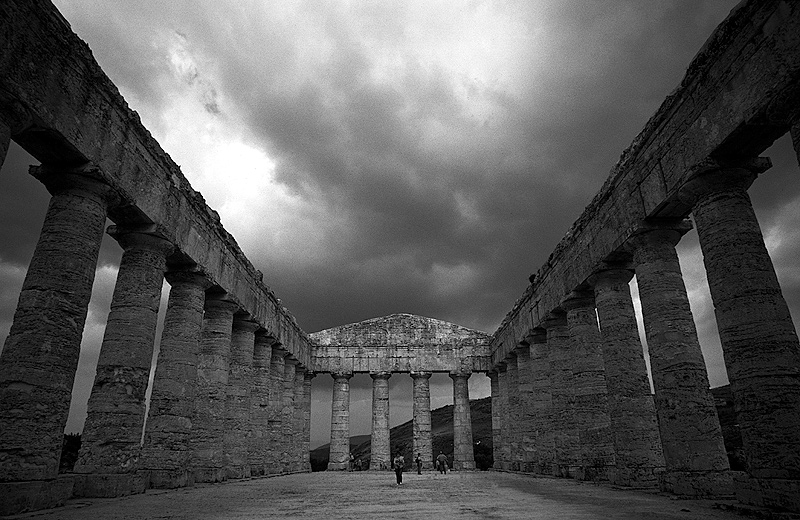
Afterwards, bound by Syracuse to revolt against Carthage, it was destroyed in 306 b.C. Among the remains of Segesta, surely we have to cite the Doric temple that is unfinished, despite its majesty and its perfect state of preservation. There are arguments which assert that the war between Segesta and Selinus caused the scarcity of resources and subsequently the postponement of work in order to finish the temple. However, there is a large consensus on the theory that it is not really a temple, but a set of columns erected to make solemn a site already sacred to the Elimi. This structure consists of 36 columns topped by a lintel and a Doric frieze with metopes and triglyphs, measuring 61 x 26 meters.
Besides the temple you can follow a path that leads up to Mount Barbaro, through which you can climb the hill where the Greek theatre is located. The uphill walk (nearly two kilometres) worth it, even just to take some panoramic photos of the temple in the distance. An alternative option is to buy a bus ticket and in a few minutes you will be at the theatre of Segesta.
Built in the late third century b.C., its 63 meters auditorium is oriented towards the north, unlike the majority of Greek theatres. This peculiarity is due to the wonderful view that terraces of the hills offeralong with various shades of blue of the Mediterranean Sea. In summerthere are representations of classical Greek theatre, and if you’re lucky enough that your stay coincides with one of them, definitely worth a watch.
Segesta’s Theatre
On the same headland there are remains of a twelfth-century Norman castle, a mosque and a fifteenth century church, which without much explanation (information boards are in ruins and the text is almost completely erased) will leave the viewer rather cold. Since Segesta is a bit isolated, it is hard to get there without a car. From Palermo there are only two daily trains. From the railway station – very isolated – you can walk up to the temple, enjoying the surrounding nature.


